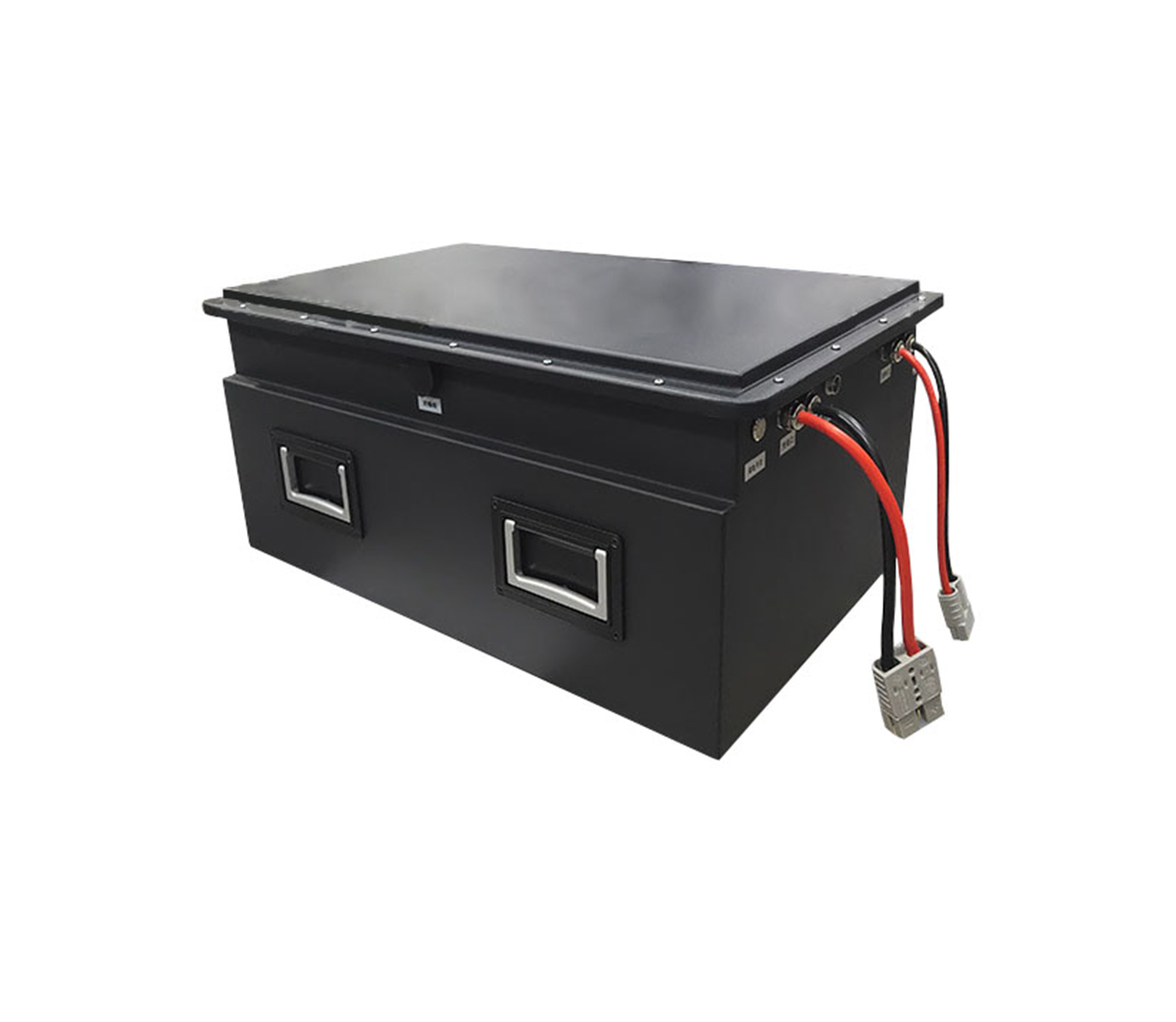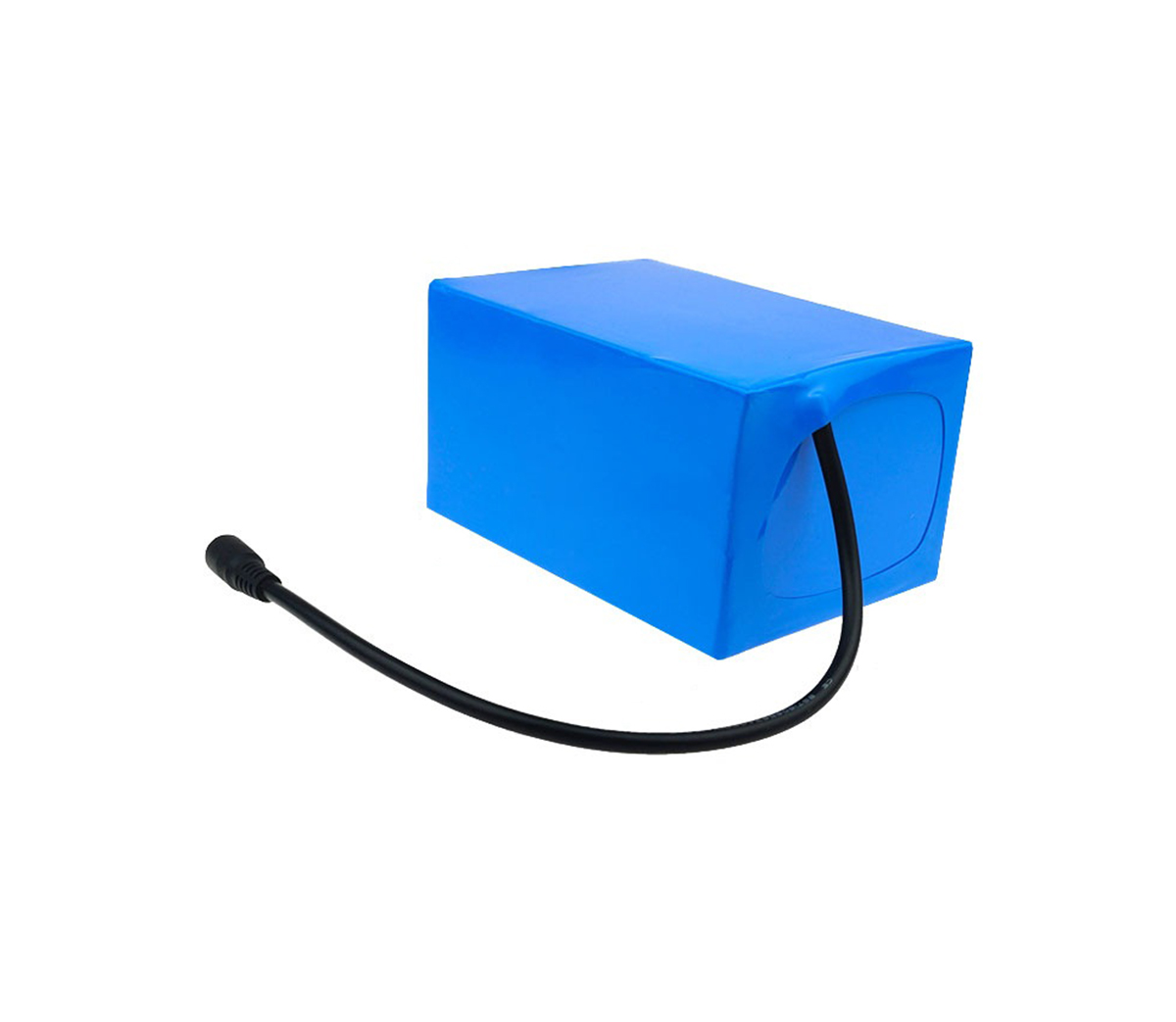Kohler Releases Modular Home Battery Power Reserve to Challenge Tesla's
Powerwall
Power outages, freak weather events and a crumbling power grid have led
many Americans to question how reliable their electricity supply is, making home
energy storage systems very popular in recent years. SES Power has been watching
this market and working with a number of home energy storage manufacturers and
has found that many end customers are modeling their products after Tesla's
Power wall.
Now a very well-known brand has joined the competition in this market
segment - Kohler! While the brand may be most often associated with faucets and
the like, the Power Reserve energy storage system on display at the 2022
International CES is clearly benchmarked against Tesla's Powerwall, but of
course, there are still quite a few differences between the two.
You can think of this system as similar to the portable power source you
use to charge your smartphone on the move, only with much more capacity and
designed for home circuits. Kohler's approach is modular, and the company will
have three different sizes of battery packs - 10 kWh, 15 kWh and 20 kWh - that
can be mixed and matched.

Kohler is positioning Power Reserve as the ideal companion for solar
systems, and we've seen in other products how meaningful this combination can
be. For example, excess power generated during the day can be stored and used at
night. It can be used with new and existing solar panel setups and is designed
to be compatible with any brand of platform.
However, even those without solar power may still be interested. the Power
Reserve can also work with the regular grid: for example, it can be set to
automatically charge during off-peak hours when electricity prices are low, and
then use that energy in the home when the grid switches to more expensive
prices. It can also be used as a backup battery in the event of a grid
outage.
The Kohler Power Reserve app provides all the policy setting paths to
choose from backup, self-supply, time of use or custom actions to adjust the
conditions under which the battery is charged or discharged. The app also has a
timeline of power information that shows when the system is charged, when its
reserves are used, and the historical usage of the home.
As for the reasons end customers are abandoning Tesla's Powerwall in favor
of Kohler's system, the company says the Power Reserve is smaller than most
competitors. It can be installed indoors or outdoors, and because the units are
modular, it supports expanding your overall capacity. A basic, more affordable
system may store just enough power to keep basic appliances running in the event
of an unexpected power outage, while a larger system can keep an entire home
running, even off the grid altogether.
Kohler claims the Power Reserve's built-in lithium iron phosphate battery
has a 10-year warranty, and that the system can be installed in either
AC-coupled or DC-coupled configurations. Of course, SES Power believes in
Kohler's rigor, but frankly, that's the theoretical limit to the number of years
a lithium iron phosphate battery can be used.
The Kohler Power Reserve energy storage system will go on sale later this
year. 10 kWh units are expected to sell for $13,325, 15 kWh units for $18,720
and 20 kWh units for $23,440, and Kohler will also have a transfer switch to
handle switching between grid and battery power.
SES Power doesn't think this price appeal is enough, but the ability to
have one more excellent option on the market is always a welcome thing. After
all, lithium-ion batteries (LIB) have become the main energy storage solution in
modern life. Among them, lithium iron phosphate batteries are perfect
replacements for lead-acid batteries and are even more preferred by industries
such as grid-connected peaking, off-grid energy storage, photovoltaic energy
storage, UPS, data centers, etc. The more outstanding companies, even if they
are not specialized in lithium battery industry, the time to join the lithium
battery is very much to be expected, the market needs enough "catfish
effect".



































